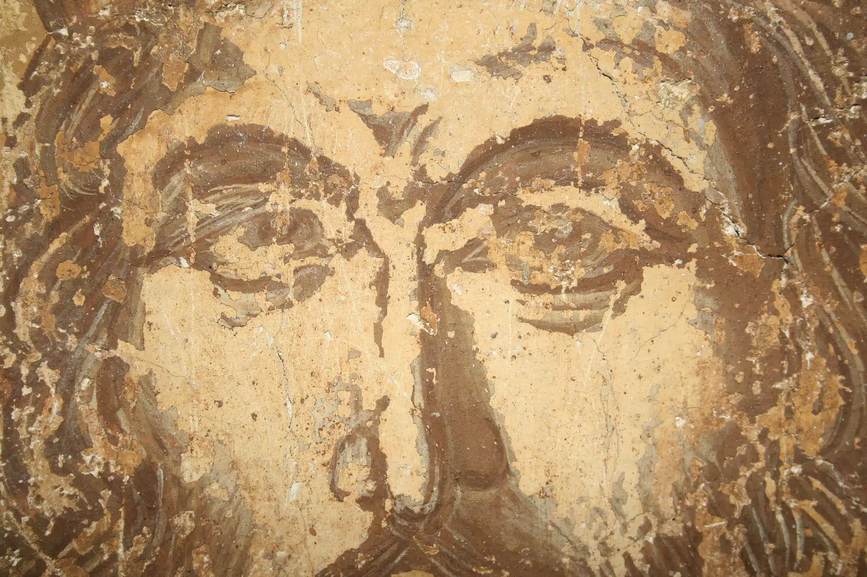Greece’s Culture Ministry flooded the Acropolis site with thick, fresh cement paths and blocks covering the ancient rocks and triggering an outrage on social media. The Ministry claims that these cement paths aim to facilitate access for visitors with mobility problems, disabled, seniors and visitors with health problems.
Protesting archaeologists and the internet community argue that in Greece of 21st century, other materials such as wood, plexiglas or metal ramps could have been used to avoid such a smashing, ignorant and barbaric alternation of the 2500-year-old site.
It all started on Friday afternoon with a post on facebook by archaeologist Despina Makropoulou who informed Greeks about the cementification of the Acropolis and shared pictures from various points of the site.
(Photos by Tasos Tanoulas)
According to the Ministry of Culture, the cementing of certain areas is part of a project called “Configuration of Routes in the archaeological site of the Acropolis for people with mobility difficulties.”
The project has been unanimously approved in May by the Central Archaeological Council (KAS) and includes an elevator for the disabled.
Announcement of the Ministry of Culture
“The disabled, the elderly, people with a variety of problems have the right to see and admire up close the monuments of the Acropolis, the day of education participants”, said in a statement the Ministry of Culture and Sports, on the occasion of comments and photos published in the press the routes which are paved on the Rock of the Acropolis. The creation of the routes, which are in progress, are carried out in the framework of the project “Configuration of Routes in the archaeological site of the Acropolis for people with mobility difficulties”, which last May received the “green light” from the KAS.
The entire announcement of the Ministry of Culture is as follows:
“The Ministry of Culture and Sports expresses its joy that sensitive citizens were concerned about the routes, which are paved on the Acropolis Rock, in order to facilitate the access of the disabled, the elderly, citizens with health problems. At the same time, he regrets that the same sensitive citizens who are protesting should not have visited the Holy Rock for at least twenty years, when these roads are paved with cement. The difference is that over time and with the passage of millions of visitors, all these years, the material has been destroyed and the routes are a trap even for those who do not have difficulty moving.
With the operation of the slope elevator, which will allow the safe and comfortable ascent of visitors, who have difficulty for various reasons, to the monument, the existing routes are improved with material, approved by the Acropolis Monuments Conservation Committee, chaired by the academic Manolis Korre and the Central Archaeological Council.
Hundreds of thousands of people from all over the world come every year to visit the Sacred Rock. Let this pilgrimage not be a privilege of those who have no problem climbing. Disabled, elderly, people with various problems have the right to see and admire up close the monuments of the Acropolis, the day of education participants “.
* The photo was sent by the Ministry of Culture, pointing out: “This image is presented today by the routes paved with cement in the 60’s”.
Source: tekdeeps - keeptalkinggreece - www.zougla.gr.














